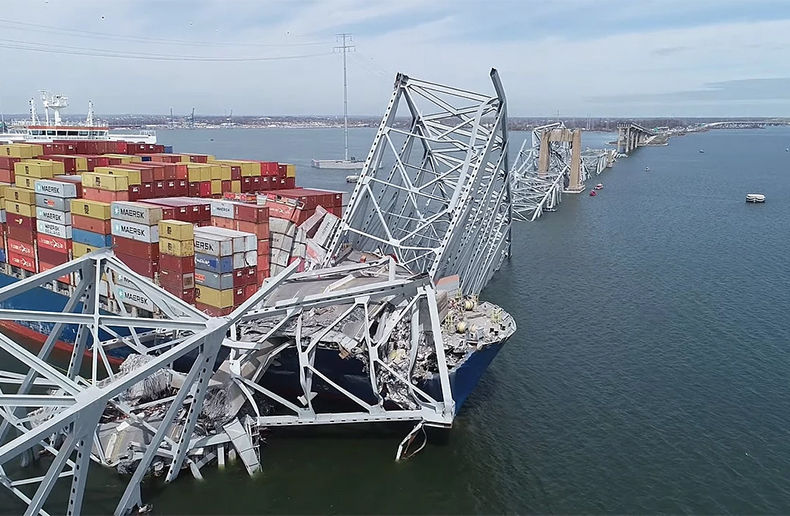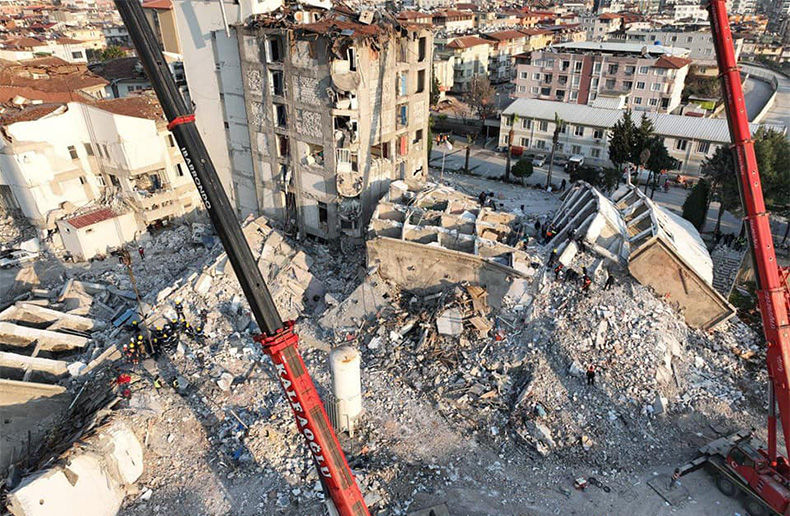Despite a recent deterioration in the underwriting performance of Canada’s property and casualty insurance industry, ratings agency AM Best says it is maintaining its stable outlook for the segment.
It says solid risk-adjusted capitalization, profitable operating performance with break-even underwriting results (despite market and weather related pressures), ongoing refinement of underwriting and distribution capabilities and continued focus on enterprise risk management (ERM) systems all helped contribute to the ratings agency’s outlook for the industry.
Robust risk-adjusted capitalization
“The stability of Canada’s P&C marketplace is the result of persistent, robust risk-adjusted capitalization, featuring positive operating earnings and generally favourable underwriting results,” analysts write in AM Best’s market segment report, entitled Canada Insurance: Still profitable amid growing challenges. “This stability is reflected in the minimal number of rating changes that have taken place over the past several years – even the Fort McMurray wildfire that ravaged the industry in 2016 did not directly result in any negative rating actions.” According to the report, no rated entities in the industry, excluding Canadian branches of a U.S. parent, currently have negative outlooks.
In its report, which examines all business lines, the industry’s investments, mergers and acquisition activity, insurtech and a host of key issues from cannabis to cyber security, AM Best says Canada’s P&C industry was profitable in 2018. Earnings benefitted from growth in investment income, offsetting slight underwriting losses reported for the year. The report writers add that underwriting was impacted by higher weather-related property results and persistently mixed auto results. They say this led to a combined ratio of 101.4 in 2018, a 4.3-percentage point deterioration from the previous year. “The resulting decline in pre-tax operating income was fairly significant, at 17 per cent. After some minimal capital gains, mixed with some losses in fair value and the impact of income tax, net income declined by nearly half from 2017 to CAD 1.6 billion,” they write.
12 catastrophic weather events in 2018
There were reportedly 12 catastrophic weather events in 2018, impacting areas from the Maritimes to the Prairies. Losses from these events came to approximately CAD$2-billion, making 2018 the fourth largest total catastrophe year on record. In most cases, however, no individual event was severe enough to reach into insurers’ catastrophe reinsurance programs.
The report says all major lines reported slight to moderate premium growth in the five per cent to eight per cent range. Growth in most lines was driven primarily by rate and other underwriting initiatives designed to mitigate losses.
Rising weather losses in 2019
For 2019, AM Best says early indications for the industry’s underwriting performance have not been good, due to rising weather losses that were prevalent earlier in the year. “All of the major lines – auto, personal property and commercial property have been affected by these weather losses. All told, the underwriting loss in the first quarter of 2019 was far greater than in the first quarter of 2018,” says the report. “One positive takeaway for 2019 is that investment income was up in the early stages of the year. Capitalization across the industry remains strong, although insurers should still be vigilant about these negative underwriting results.”












